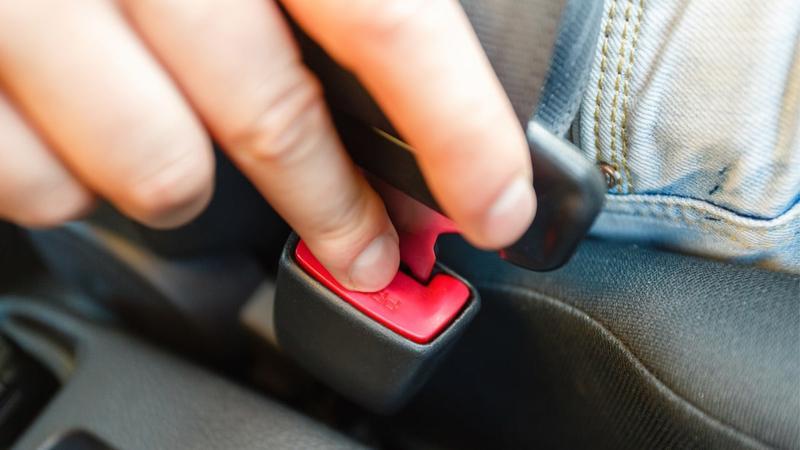Your most precious cargo deserves extra time and consideration when travelling. Driving with infants or young children in your vehicle requires increased care, communication, and patience — things that many adults don’t always consider in terms of safety. Here are some best practices for driving with kids.
Know the car seat guidelines
In Ontario, car seats are legally required for all children up to certain weight milestones. Infants face the rear of the car until they are 9 kilograms (kg), about 20 pounds, and toddlers face forward from 9-18 kg (20-40 pounds).
Once children surpass these milestones, you will need to upgrade to a booster seat. Children use booster seats until they are 36 kg (80 pounds), stand 145 centimetres (cm) tall or turn eight years old. A properly installed child safety seat can reduce the risk of serious injury or death to a child by up to 75%, so be sure you get this down pat.
If you fail to secure a child properly, you will be charged. In Ontario, you can face a $240 fine and two demerit points on your driving record if convicted, and a traffic conviction of that nature will almost surely impact your car insurance rate.
Talk about car safety with your kids
This concept may seem simple enough, but it’s a step many parents fail to take with their young children.
It doesn’t have to be a scare tactic — sit your child down and let them know that driving is serious and what must be done to ensure a safe experience every time. Parents need to focus on the task at hand, and kids need to stay behaved and calm in the back seat. Offer incentives and rewards for good car behaviour and make learning about safety fun.
Prevent boredom and distraction
Parents often forget that a long drive can be easy on adults but torture for small children who have short attention spans.
Here are some simple tips to prevent boredom:
- Stock your back seat with safe, fun items such as plush toys.
- Consider investing in a car DVD player and screen or children’s audiobooks.
- Come up with fun games and songs to keep kids engaged in an activity.
Deterring boredom (which can turn into a major distraction) will help you focus on your drive and keep you from constantly turning around to discipline a child.
Take breaks
Even though you want to make good time during longer trips, frequent breaks can deter restlessness.
Allow children under the age of 10 to have a break every two to three hours while on the road. Even if it means pulling over at a designated stop to get your child playing and stretching for a few minutes, your little one will be less stressed, cranky and upset — and your drive will be safer for it.
Back-seat “drivers”
Adults sit in the front seat, and young children sit in the back seat — period. Even if they beg, you should assert that the front part of the cabin is designed for adults only. If an airbag deploys in the front seat in the event of a collision, it can cause serious injury to a child.
You should also ensure that all passengers, including your back-seat drivers, are properly secured with seatbelts. This is a safety essential. In fact, drivers can face fines and demerit points if anyone under the age of 16 is not wearing a seatbelt.
